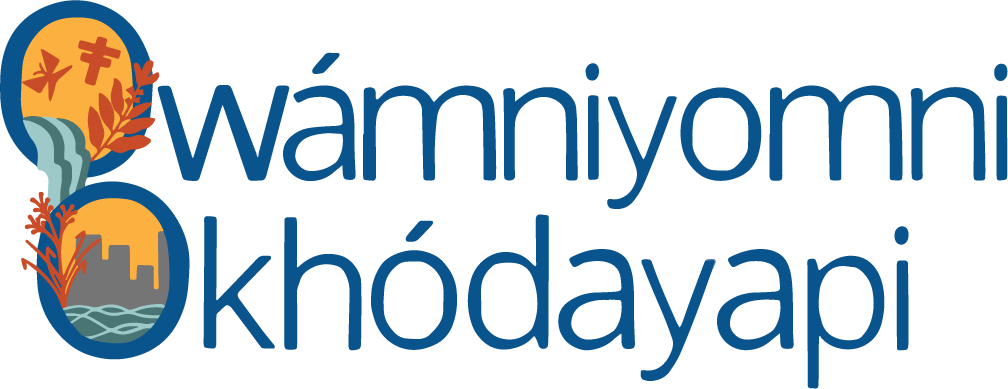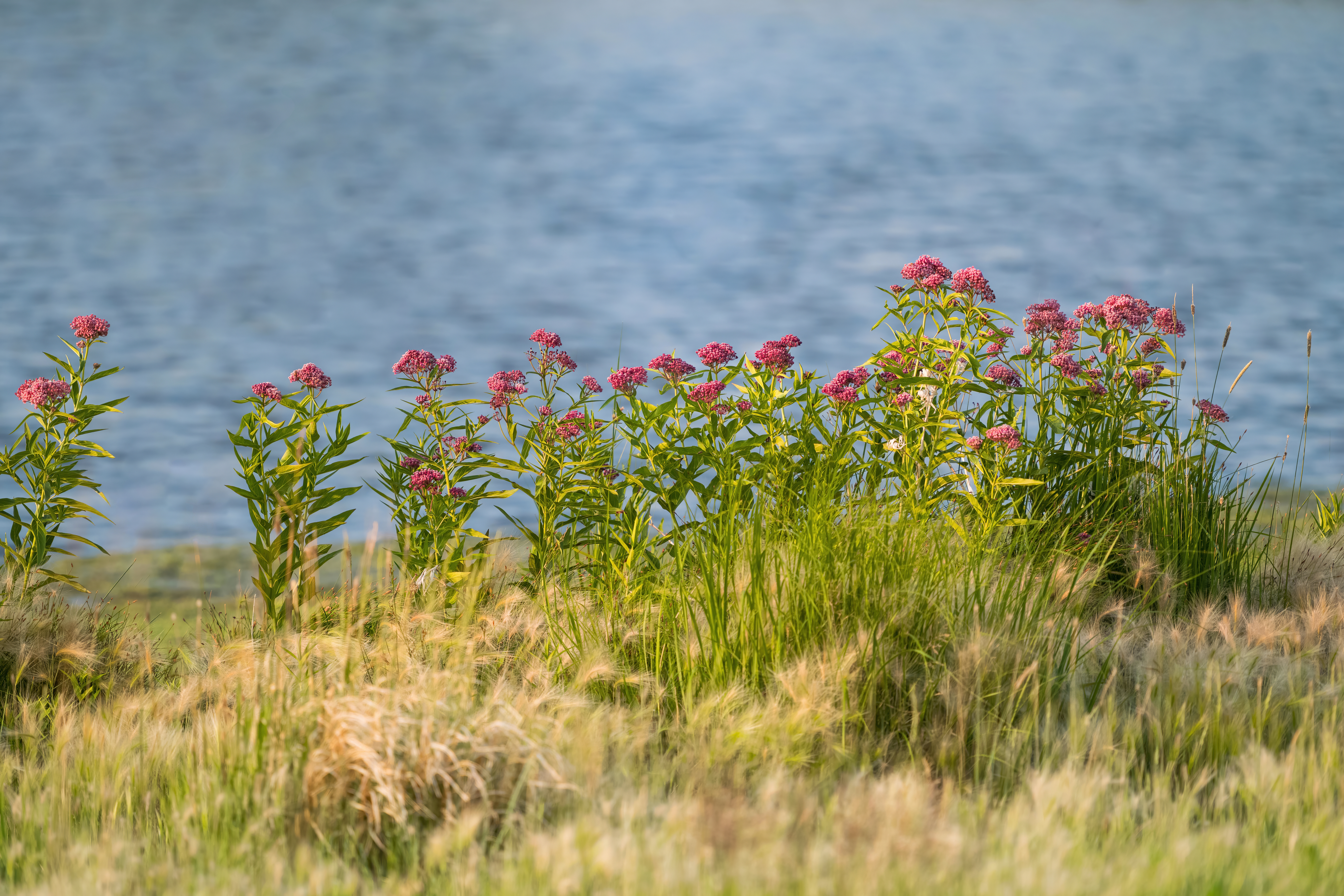By Owámniyomni Okhódayapi | April 18, 2024
Dakota people consider their relationship with the Earth as a kinship – a reciprocal relationship. Tribal Nations, the Dakota people and other Native communities are stewards of our natural resources. According to a World Economic Forum report, “Although they make up less than 5% of the global population, Indigenous people protect 80% of Earth’s remaining biodiversity.” The Dakota people deeply value caring for Ina Maka (Mother Earth) or Uŋči Maka (Grandmother Earth) in order to protect the environment for future generations.
At Owámniyomni Okhódayapi, we are working to create a place that demonstrates Indigenous land stewardship. Illustrating how to care for the land and water as relatives includes restoring the land’s original habitat of oak savanna and prairie. Our project will be a permanent restoration, providing significant conservation outcomes for up to 80 species.
This Earth Month, our blog dives into common native plants across Minnesota and their uses, as well as how Dakota communities are working to bring back Indigenous species.
Native plants in Minnesota
Minnesota boasts an array of more than 2,400 species of plants native to the region – plants that grew and thrived here naturally before European colonization. Plants native to Minnesota are often easier to grow than non-native varieties, as they have already adapted to our soil and climate. The University of Minnesota Extension and Department of Natural Resources have great resources to help select and grow native plants in your yard or garden.
Plant teachings and uses



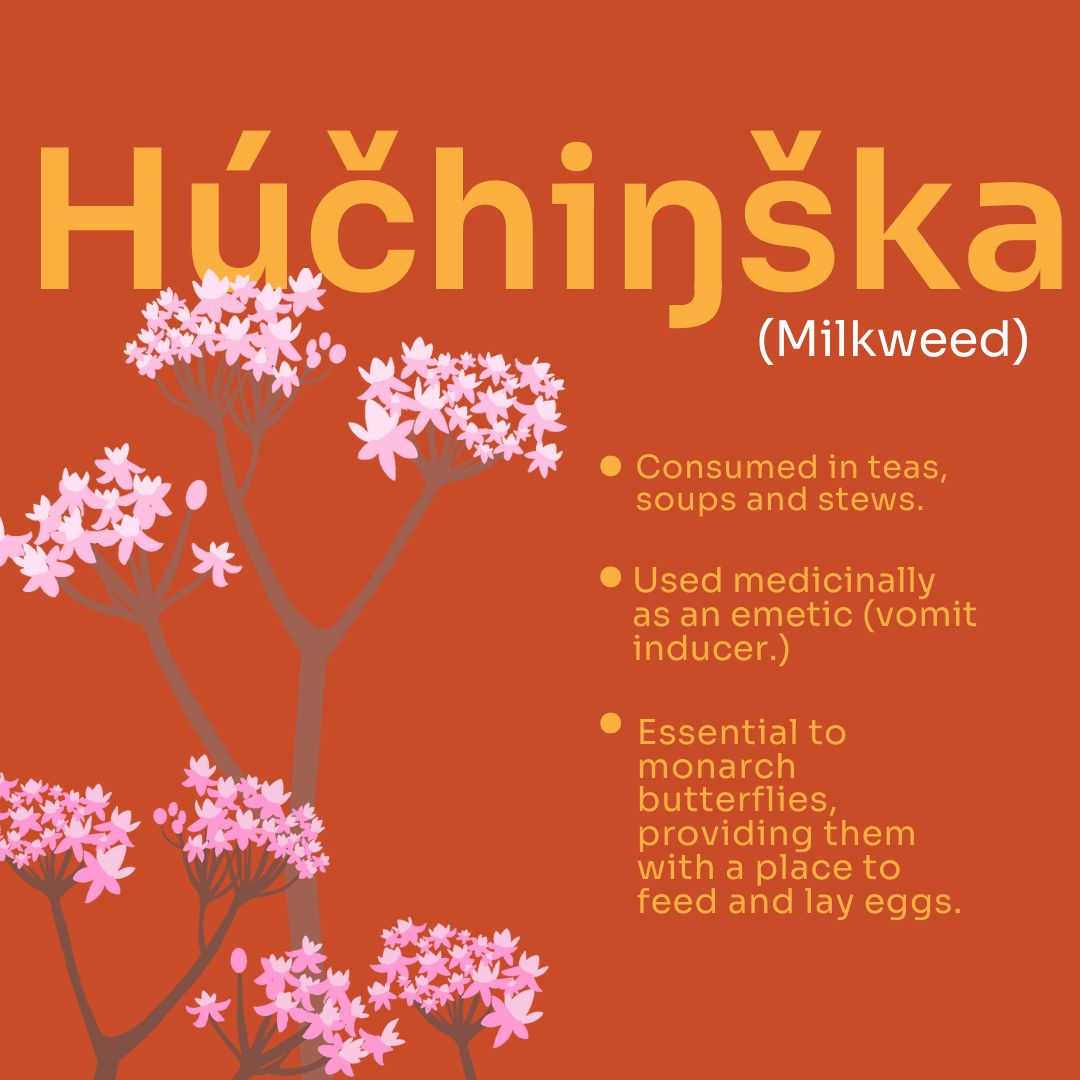
Indigenous communities cultivate an intrinsic bond with native vegetation. This connection emerges from an understanding and appreciation for the land and its many gifts. Dakota heritage is steeped in teachings of traditional plant medicines. For generations Dakota people have turned to native flora for both their physical and spiritual well-being. Plants are not merely health remedies but vital parts of ceremonies and spiritual practices. Dakota people have many traditional and modern medicinal uses for plants, several of which are also vital to their ecosystems, serving as great pollinators.
- An abundant source of vitamin C, uŋžíŋžiŋtka (rose hips) are used to create teas that treat colds and coughs.
- Ičáhpe hú (echinacea or purple coneflower) is a powerful medicinal plant the Dakota used to ease ailments such as toothaches, wounds and sores. Tea made from its roots is used by the Dakota to boost the immune system and relieve flu and cold symptoms.
- The Dakota use every part of the čhaŋpá (chokecherry) plant: leaves are made into tea, twigs are used in offerings and cherries are used to make Wóžapi, a sweet pudding.
- Húčhiŋška (milkweed) is a traditional food for the Dakota people, who cook the leaves, pods, young shoots and early blossoms to eat in soups and stews.
To learn more, check out Wakan Tipi Awanyankapi’s wonderful resources on Dakota plant medicines.
Restoring Native species and ecosystems
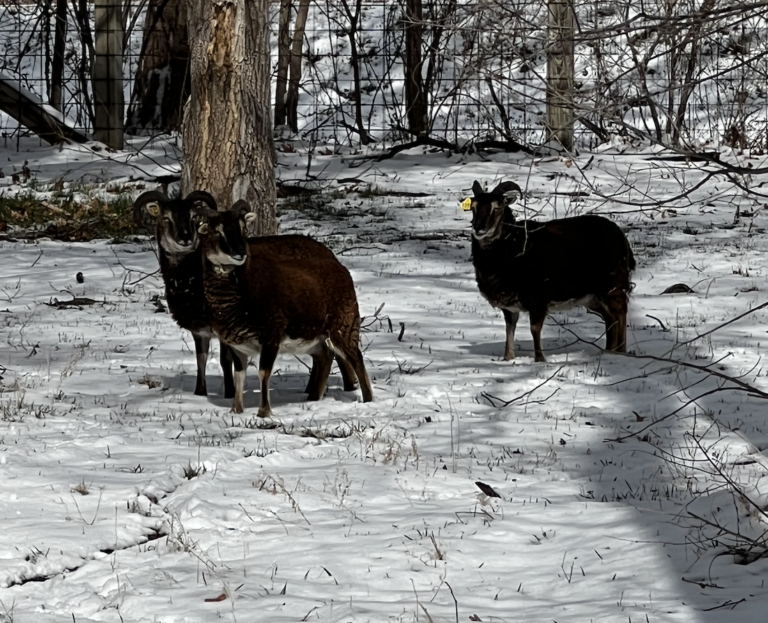
Goats helping to remove invasive species at Tinta Wita (Prairie Island)
Restoring Native species is a top priority for Dakota communities in Minnesota. Since 2019, the Prairie Island Indian Community has restored more than 100 acres of land to its natural prairie. The tribe removes invasive plants and trees like buckthorn, Siberian elm, spotted knapweed and wild parsnip, which can overtake the native species and threaten the ecosystem’s health. Removing these invasive plants is labor- and time-intensive, but Prairie Island deploys unique – and hungry – helpers to make the task easier: goats!
Over the next several years, the Shakopee Mdewakanton Sioux Community plans to plant more than 20,000 native trees to restore an 85-acre maple-basswood forest that was converted to cropland in the early 1900s. The tribe also conducts prescribed burns on its lands and in neighboring communities to control invasive species and support native species.
The Lower Sioux Indian Community works to correct past land abuses for its next seven generations of Dakota, including restoring prairie areas and traditional plants while investing in renewable energy. The Upper Sioux Indian Community has goals to restore and enhance 176 acres of oak savanna, floodplain forest, forested bluff lands and granite outcroppings on its tribal lands, including buckthorn removal and installation of native and culturally significant plants.
As we go about our Earth Month, it’s vital that we celebrate our interconnectedness with nature and look to our Indigenous communities as a model of how to be good environmental stewards. We must honor Indigenous wisdom and preserve traditional plant knowledge in order to pave a path towards a more harmonious relationship with Uŋči Maka.
